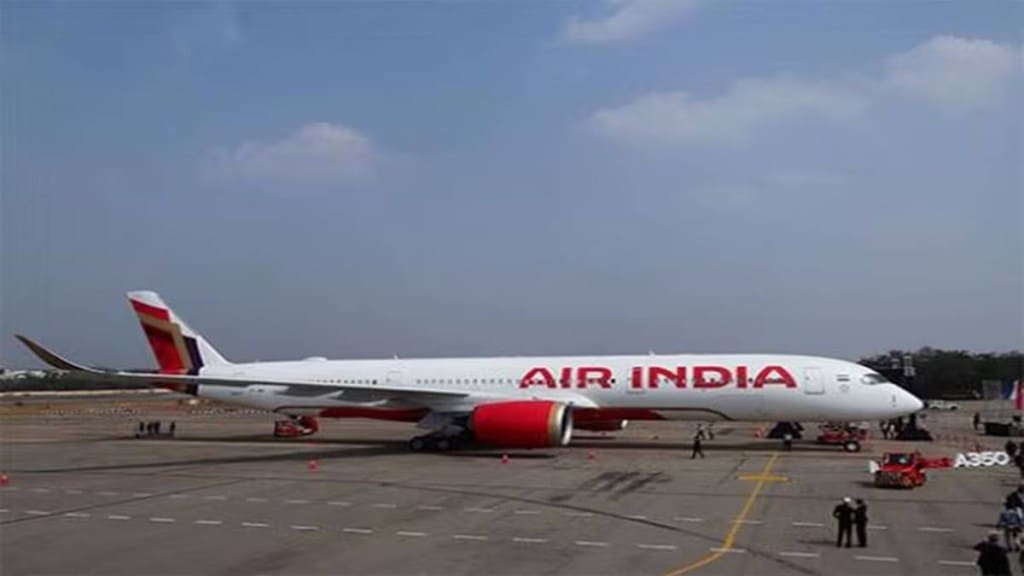Air India Group expects 2026 to be the most visible phase of its ongoing overhaul, even as its overall capacity will remain largely unchanged next year due to a simultaneous induction of new aircraft and exit of older ones. CEO and MD Campbell Wilson on Monday said the airline will add 26 aircraft in 2026 – six wide-bodies and 20 narrow-bodies – but the net fleet count will stay comparatively flat as leased Boeing 777s are returned and three owned 777s are retired, alongside a significant portion of the fleet remaining grounded for retrofits.
A stronger increase in capacity is expected in 2027–28 as bulk aircraft deliveries begin. “The number of aircraft in 2026 starts and ends the same, but they are different aircraft. The net growth will really come from the following years,” Wilson said.
What did Wilson Say?
Wilson, speaking at his first media briefing since the June 12 Dreamliner crash, said the programme to upgrade the wide-body fleet will define 2026 for Air India. The first two refurbished Boeing 787-8 aircraft will return to service in February, after which two to three aircraft will be upgraded every month. By end-2026, about two-thirds of the 787 fleet will have new interiors, inflight entertainment, Wi-Fi and premium seats, with full completion targeted for mid-2027. Overall, the airline expects to operate around 81% of its international flights with upgraded aircraft by the end of next year.
Narrow-body refurbishment is nearing completion, with 83% of the fleet already upgraded. Seventeen legacy narrow-bodies that were earlier planned for retirement will now be retained to offset delays in Airbus and Boeing deliveries. Aircraft from Vistara, which merged with Air India in November 2024, will start adopting Air India livery and interior branding this month.
Despite the transformation schedule, global supply-chain pressures continue to weigh on deliveries. Wilson said Air India should have received 28 brand-new aircraft by now from its total 570-aircraft order, but only “white tail” aircraft, originally manufactured for other customers, have been delivered so far. The CEO, however, stressed that the investment plan remains intact even in the face of recent setbacks, including the fatal AI 171 crash and softer US travel demand driven by visa delays, airspace constraints and longer flying times.
Wilson said passengers will notice the most significant improvement in 2026 across products and operations, including upgraded wide-bodies, refreshed narrow-bodies, expanded training and maintenance infrastructure and a uniform customer experience across the merged airline. The Maharaja loyalty programme is being expanded across the group, enabling recognition and rewards across all Air India entities.
Wilson on Ahmedabad crash
Wilson said that 95% of the affected families of the June 12 Ahmedabad air crash have received interim relief. “About 70 families have also received ex gratia payments from the AI 171 Trust, with another 50 in process. We continue to reach out to all affected families as Air India and Tata Sons to offer whatever support they may need,” he said.

